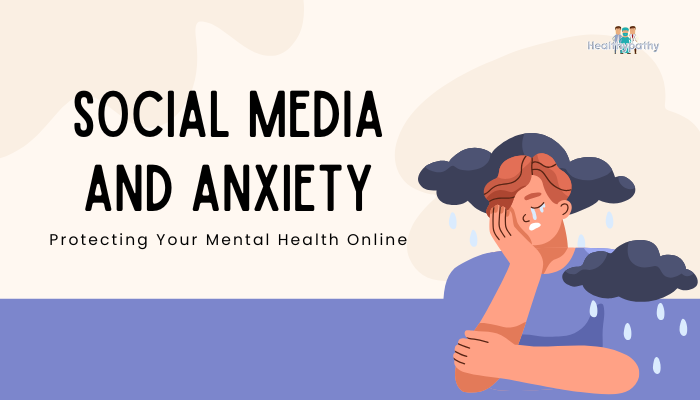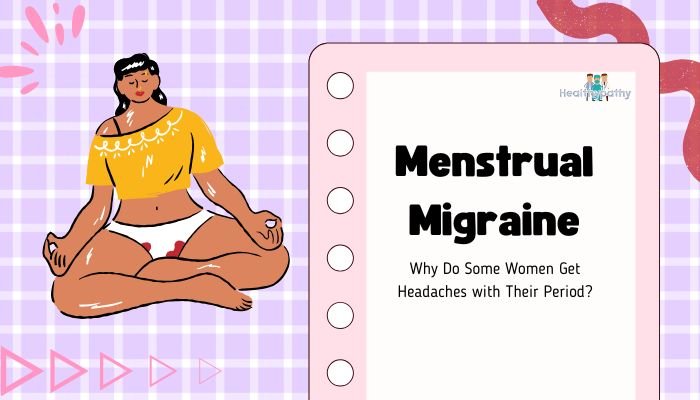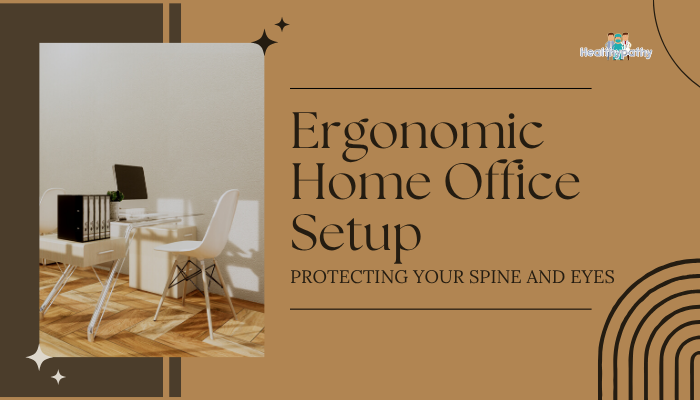Introduction
Earthing, sometimes called grounding, involves direct skin contact with the Earth’s surface—like walking barefoot on grass, sand, or soil. Proponents claim this contact can help regulate the body’s electrical charge, offering potential perks from improved mood to diminished inflammation.
Though scientific data is still emerging, many find grounding a simple, relaxing addition to their wellness routine. This guide explores how earthing works, potential health benefits, safety considerations, and ways to integrate grounding into daily life.
What Is Earthing (Grounding)?
Concept Overview
In today’s world—frequently spent indoors or wearing insulating shoes—we rarely make direct contact with the Earth. Earthing theorizes that direct skin contact helps balance electrical energy in our bodies, possibly mitigating free radical damage or stress hormone levels. While some supportive research exists, it’s limited. Nonetheless, many find barefoot exposure to be calming and refreshing.
Historical and Cultural Roots
Historically, humans walked, slept, and lived close to nature, on natural surfaces. Modern developments—like rubber footwear—reduced that connection. Earthing aims to re-establish a link many believe fundamental to well-being.
Potential Benefits of Earthing
Reduced Stress and Improved Mood
Walking barefoot on soft grass or sand can have a soothing, grounding effect, akin to a mild form of meditation. Some small studies and anecdotal accounts suggest it might lower cortisol (the stress hormone), resulting in reduced anxiety or tension.
Better Sleep
A calmer nervous system can aid in regular sleep patterns, with some participants in grounding studies reporting deeper, more restorative rest.
Decreased Inflammation
Preliminary research indicates contact with the Earth’s electrons may neutralize free radicals in the body, alleviating inflammation over time. While this concept requires more conclusive studies, some early findings are intriguing.
Enhanced Overall Well-Being
For many, simply being outdoors in natural settings—especially while barefoot—offers a psychological reset, encouraging present-moment awareness and gentle exercise that fosters physical health (like foot and ankle strength).
Practical Tips for Safe Grounding
Choose Clean, Safe Surfaces
Avoid areas with sharp objects, litter, or potential contaminants. Grass in your yard or a sandy beach typically works well, but remain vigilant.
Start Small
If you’re new to going barefoot, begin with short 5–10 minute sessions to let your feet adapt. Over time, gradually extend sessions for comfort and less risk of foot strain.
Consider Grounding Mats
Indoor grounding mats or sheets claim to replicate the Earth’s electric potential. Though evidence is varied, some find them convenient during cooler climates or in urban environments.
Mind Any Foot Conditions
Those with diabetes or reduced foot sensation must exercise caution—stepping on hazardous objects unnoticed can cause injury. Always check for cuts or sores afterward.
Balancing Earthing with Modern Life
- Limit Over-Hype: While earthing might contribute to stress relief or mild health benefits, it’s not a one-stop solution for all ailments. Combine it with healthy habits (balanced diet, exercise, quality sleep) for best results.
- Go Outside Regularly: Even if you can’t go barefoot, spending time outdoors under the sun, among greenery, and fresh air supports mental well-being.
- Listen to Your Body: If you feel calmer or notice improved sleep after incorporating earthing, keep it up. If not, it may not be for everyone; remain open to other wellness strategies.
Frequently Asked Questions
How often should I practice earthing?
There’s no strict rule. Some do it daily, while others incorporate it whenever weather and schedule permit. Consistent short sessions (10–20 minutes) might be enough to reap potential calming effects.
Can I ground through concrete floors or sidewalks?
Pure concrete with minimal sealing may conduct some Earth energy, but surfaces like asphalt or sealed concrete typically insulate rather than conduct. Grass, soil, or sand are ideal.
Do I need to worry about parasites or germs?
In general, practicing good hygiene—like washing feet afterward—minimizes risks. Avoid obviously contaminated areas or walk on safer surfaces like your own yard, beaches, or parks you trust.
Is there scientific consensus on earthing’s benefits?
Evidence is still emerging. While anecdotal support and small studies exist, large-scale trials are limited. Nevertheless, many participants subjectively report stress reduction and better sleep.
Conclusion
Earthing (grounding)—walking barefoot on natural surfaces—appeals to those seeking a deeper bond with nature and a potential reduction in stress or inflammation. While research on the electric exchange with the Earth is ongoing, anecdotal and preliminary findings suggest that grounding may foster mental calm, slight improvements in sleep, and general well-being. If you’re intrigued, safely explore a brief, regular barefoot routine—particularly in a comfortable outdoor setting. Consider it a gentle, mindful practice that complements broader health efforts, from balanced nutrition to regular exercise, as part of your holistic approach to wellness.
References
- Chevalier G, et al. Earthing (grounding) the human body: effects on bioelectrical properties, physiology, and health. J Environ Public Health. 2012;2012:291541.
- National Institutes of Health (NIH). Research on the physiological effects of grounding. Accessed 2023.
- Environmental Protection Agency (EPA). Nature and health: exploring contact with the Earth. Accessed 2023.
- Harvard Health Publishing. Stress relief through nature contact. Accessed 2023.







